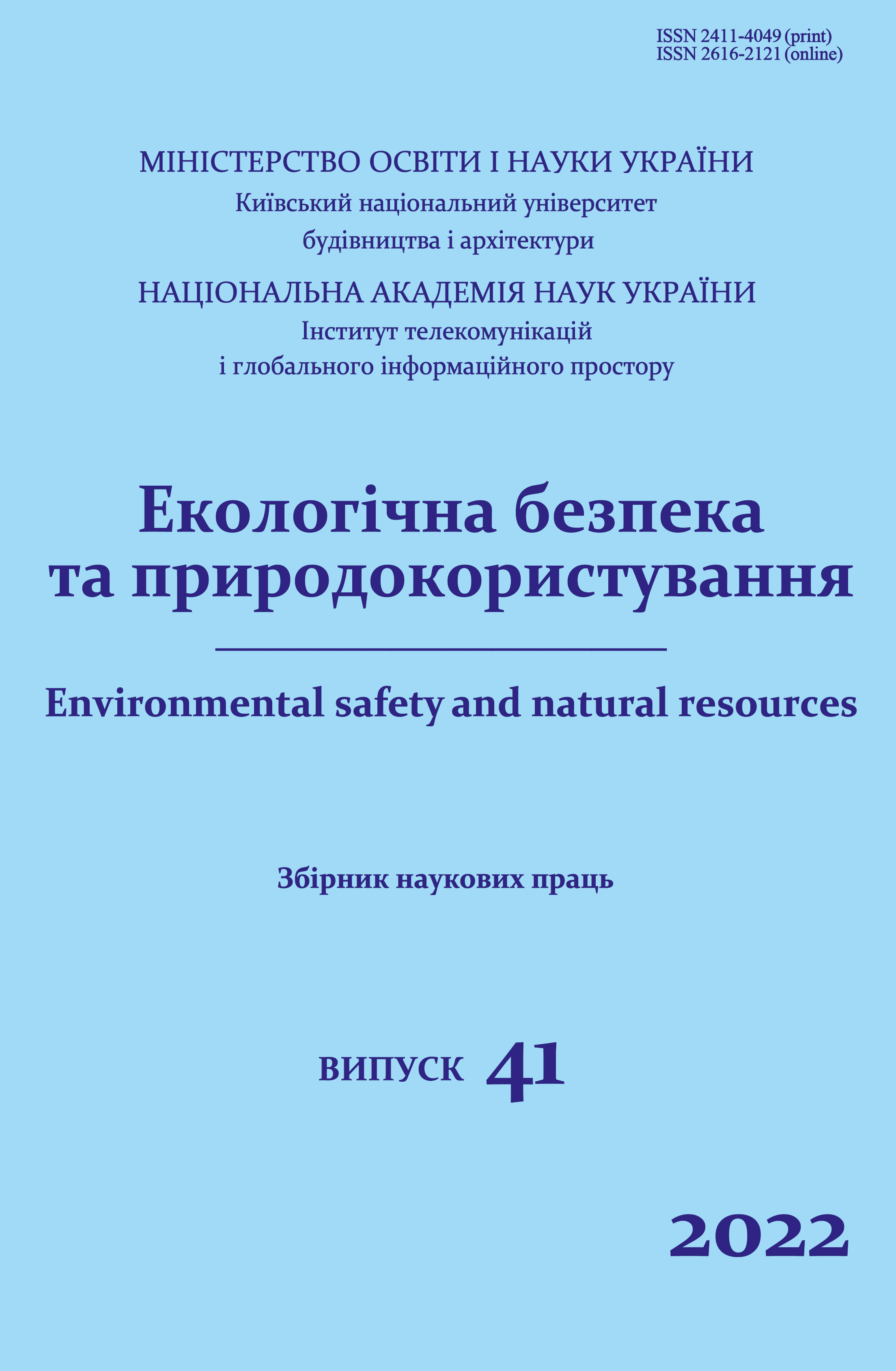Creation of a system of comprehensive monitoring of the aquatic environment state of the black sea by its mathematical modeling
DOI:
https://doi.org/10.32347/2411-4049.2022.1.111-120Keywords:
monitoring, forecast, mathematical modeling, Black Sea, oceanographic parametersAbstract
Modeling and forecasting of hydrodynamic processes in the Black Sea with high resolution are important for coastal and shelf zones, because of the biggest anthropogenic pressures. Here are the processes of distribution and transformation of pollutants that emerged in the sea in different ways, the transfer and sedimentation of solid river alluvium, lithodynamic and biochemical processes and more. The peculiarities of such processes are directly related to the dynamic processes that develop in coastal areas. Development of a regional operational system for forecasting the state of the Black Sea northwestern part has to be undoubtedly considered as a significant step forward for oceanography in this area. Creation of the integrated monitoring system of the Black Sea aquatic environment as well as its separate areas by means of mathematical modeling, in conjunction with further forecasting instruments meets the modern needs of society. It will help to prevent and respond in a timely manner to crises caused by natural and man-made risks. The created system will contribute to ensuring national security, improving the quality of life of people, the development of new knowledge-intensive industries.
References
Dorofeev, V.L., & Suhih, L.I. (2016). Analysis of the variability of Black Sea hydrophysical fields between 1993 and 2012 based on the results of the reanalysis. Morskoj gidrofizičeskij žurnal, 1, 33-48 [in Russian].
Korotaev, G.K., Lishaev, P.N., Knysh, V.V. (2015). Methodology for analysis of temperature and salinity measurements of the Black Sea using dynamic altimetry. Morskoj gidrofizičeskij žurnal, 2, 26-42 [in Russian].
Site «SWEEP» (2019). Co-creating Operational and Strategic Modelling Systems to Reduce Economic and Social Impacts on Coastal Hazards: Wave modelling. Project summary. sweep.ac.uk. Retrieved 26.09.2021 from https://sweep.ac.uk/wp-content/uploads/IP-001-A4-ESummary pdf.
Apecechea, M.I., Verlaan, M., Zijl F., Le Coz, C. & Kernkamp, H. (2017). Effects of self-attraction and loadingat a regional scale: a test case for the Northwest European Shelf. Ocean Dynamics. 67(6), 729-749. Retrieved 26.09.2021 from https://link.springer.com/article/10.1007/s10236-017-1053-4.
Veeramony, J., Orzech, M.D., Edwards, K.L., Gilligan, M., Choi, J., Terrill, E. & Tony De Paolo (2014). Navy nearshoreocean prediction systems. Oceanography, 27(3), 80-91.
Site «Delft3D Open Source Community». oss.deltares.nl. Retrieved 26.09.2021 from https://oss.deltares.nl/web/delft3d/home.
Deltares. Тerms of use Delft3D Community. Retrieved 26.09.2021 from https://oss.deltares.nl/web/delft3d/terms-of-use.
Deltares. Delft3D-FLOW, User Manual: Simulation of multi-dimensional hydrodynamic flow sand transport phenomena, including sediments. Retrieved 06.10.2021 from https://content.oss.deltares.nl/delft3d/manuals/Delft3DFLOW_User_Manual pdf.
Deltares. Delft3D-WAVE, User Manual: Simulation of short-crested waves with SWAN. Retrieved 06.10.2021 from https://content.oss.deltares.nl/delft3d/manuals/Delft3D-WAVE_User_Manual pdf.
Site «E.U. Copernicus Marine Service Information». Black Sea Physics Analysis and Forecast. resources.marine.copernicus.eu Retrieved 05.11.2021 from https://resources.marine.copernicus.eu/productdetail/BLKSEA_ANALYSISFORECAST_PHY_007_001/.
GEBCO. GEBCO aims to provide the most authoritative, publicly available bathymetry data sets for the world’s oceans. Retrieved from https://www.gebco.net.
OpenGribs'. OpenGribs' Mission Statement. Retrieved from https://opengribs.org/en.
Site «NOAA». National Operational Model Archive and Distribution System (NOMADS). nomads.ncep.noaa.gov. Retrieved from https://nomads.ncep.noaa.gov/.
NOMADS. Data Transfer: NCEP GFS Forecasts (0.25 degree grid). Retrieved from http://nomads.ncep.noaa.gov/cgi-bin/filter_gfs_0p25.pl.
Site «Research Data Archive at the Computational and Information Systems Laboratory». NCEP GFS 0.25 Degree Global Forecast Grids Historical Archive. rda.ucar.edu Retrieved from https://rda.ucar.edu/datasets/ds084.1/
NOAA. NCEP Global Ocean Data Assimilation System (GODAS). Retrieved from https://www.cpc.ncep.noaa.gov/products/wesley/wgrib2/index.html.
Downloads
Published
How to Cite
Issue
Section
License
Copyright (c) 2022 Shundel A.I., Fedoseenkov S.G.

This work is licensed under a Creative Commons Attribution 4.0 International License.
The journal «Environmental safety and natural resources» works under Creative Commons Attribution 4.0 International (CC BY 4.0).
The licensing policy is compatible with the overwhelming majority of open access and archiving policies.

